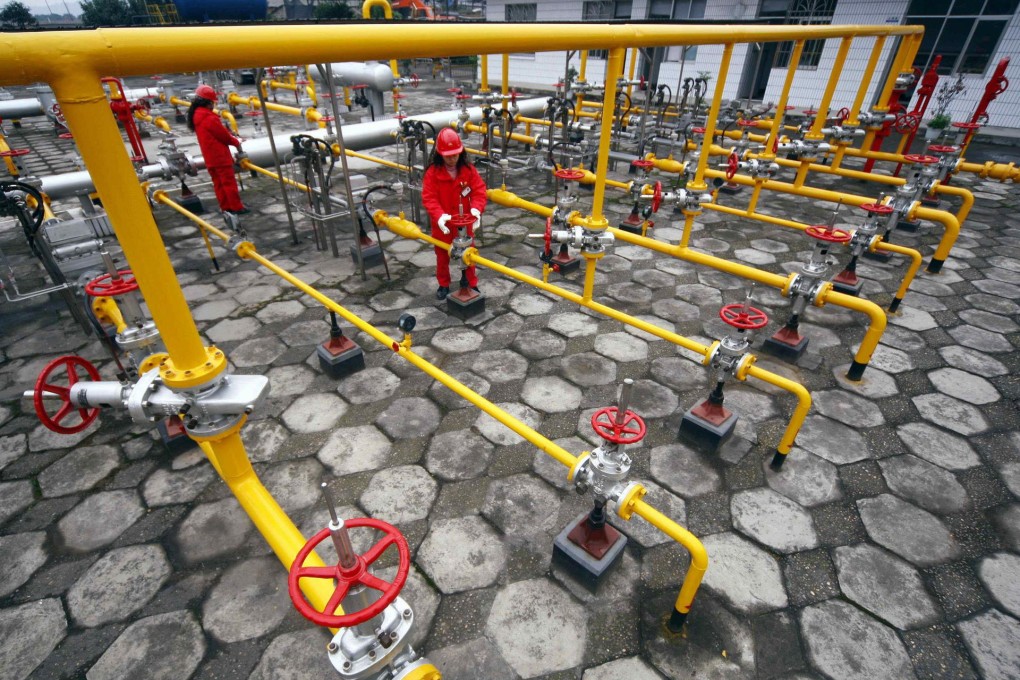China turns increasingly to unconventional energy production such as shale gas
Local governments, under pressure to tackle chronic air pollution problems, are turning to shale gas to meet future energy demands

In the vast, arid plateau of northern China, energy giant PetroChina and its European partner Royal Dutch Shell are busy drilling wells thousands of metres underground. They hope to assess if it's possible to expand production at the Changbei gas field in Shaanxi province.

Natural gas is the fastest-growing form of fossil energy on the mainland, where local governments are under pressure to replace sulphur, nitrogen and carbon emission-prone coal with cleaner-burning alternatives. But reserves of conventional gas - which can be extracted by drilling a single well through the earth's surface - are increasingly hard to obtain. This is because China has only 1 per cent of the world's proven conventional gas reserves, and production has surged faster than producers can find new reserves.
Energy companies are now tapping so-called unconventional reserves - shale, coal bed methane and a product called tight gas, all of which cling more strongly to rock, sandstone and coal seams and are therefore more difficult to extract than conventional gas.
Mainland China is believed to have the world's largest shale gas resources - as much as 36.8 trillion cubic metres, 50 per cent more than those in the US, according to the US Energy Information Administration.
"Shale is transforming the global energy industry," writes senior analyst Neil Beveridge of US brokerage Sanford Bernstein in a research report. "Through horizontal drilling and stimulation technology, which has opened up commercial production from shale, the global gas resource base has effectively doubled."
While shale gas production in the US has become a huge commercial industry in the last few years - worth US$29.4 billion in 2011 - its development in the mainland faces some tough challenges.
